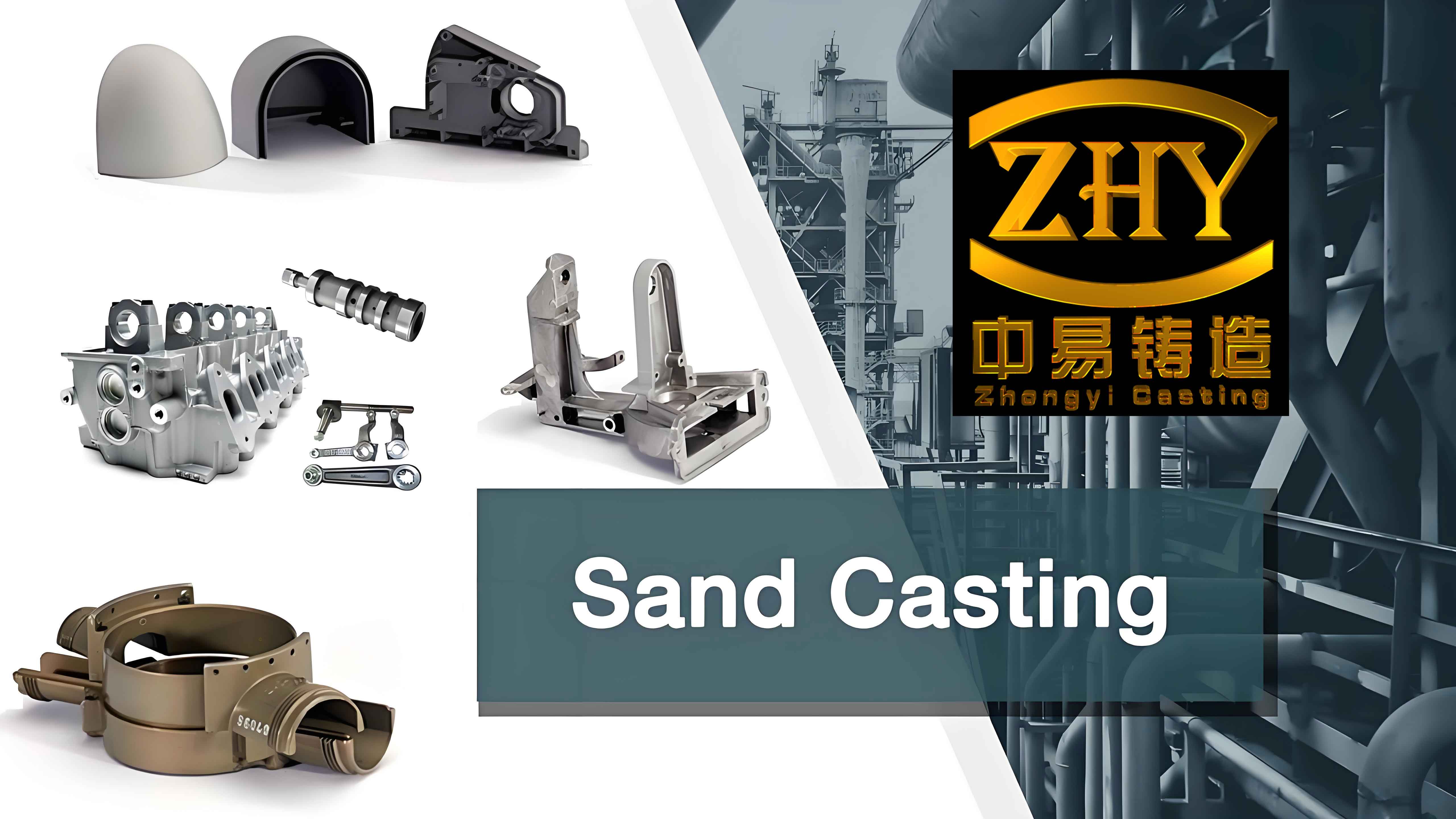As a sand casting engineer with two decades of experience, I’ve witnessed remarkable advancements in mold quality through collaborative efforts between foundries and tooling specialists. However, the industry still faces challenges in core competencies and innovative capacity. This article presents critical insights into mold design methodologies and process optimizations for sand casting applications.

1. Fundamental Principles of Sand Casting Mold Design
The shrinkage allowance calculation remains crucial in sand casting mold design. For ferrous alloys, the shrinkage compensation can be expressed as:
$$ S = \alpha \times L $$
Where:
S = Mold dimension
α = Shrinkage factor
L = Final casting dimension
| Material | Shrinkage Factor (%) |
|---|---|
| Gray Iron | 0.8-1.2 |
| Ductile Iron | 0.5-0.8 |
| Aluminum Alloys | 1.0-1.3 |
2. Advanced Gating System Design
Proper gating design in sand casting ensures optimal metal flow and minimizes turbulence. The choke area calculation follows:
$$ A_c = \frac{W}{\rho \times t \times v} $$
Where:
Ac = Choke area (mm²)
W = Casting weight (kg)
ρ = Metal density (kg/m³)
t = Fill time (s)
v = Flow velocity (m/s)
3. Material Selection Matrix for Sand Casting Molds
| Component | Material | Hardness (HRC) |
|---|---|---|
| Core Boxes | HT250 Cast Iron | 180-220 HB |
| Ejector Pins | H13 Tool Steel | 48-52 |
| Gate Inserts | D2 Steel | 58-62 |
4. Process Optimization Techniques
Modern sand casting operations employ computational fluid dynamics (CFD) simulations to predict mold filling patterns:
$$ \frac{\partial \rho}{\partial t} + \nabla \cdot (\rho \mathbf{v}) = 0 $$
The momentum conservation equation:
$$ \rho \left( \frac{\partial \mathbf{v}}{\partial t} + \mathbf{v} \cdot \nabla \mathbf{v} \right) = -\nabla p + \mu \nabla^2 \mathbf{v} + \rho \mathbf{g} $$
5. Quality Control Parameters
Key metrics for sand casting mold evaluation:
| Parameter | Acceptance Criteria |
|---|---|
| Surface Roughness | Ra ≤ 6.3 μm |
| Dimensional Tolerance | CT9-CT11 |
| Mold Life | ≥ 100,000 shots |
The evolution of sand casting mold technology demands continuous improvement in both design methodologies and material science. By implementing these advanced calculation models and material selection criteria, foundries can significantly enhance their sand casting capabilities while reducing production costs and improving component quality.
